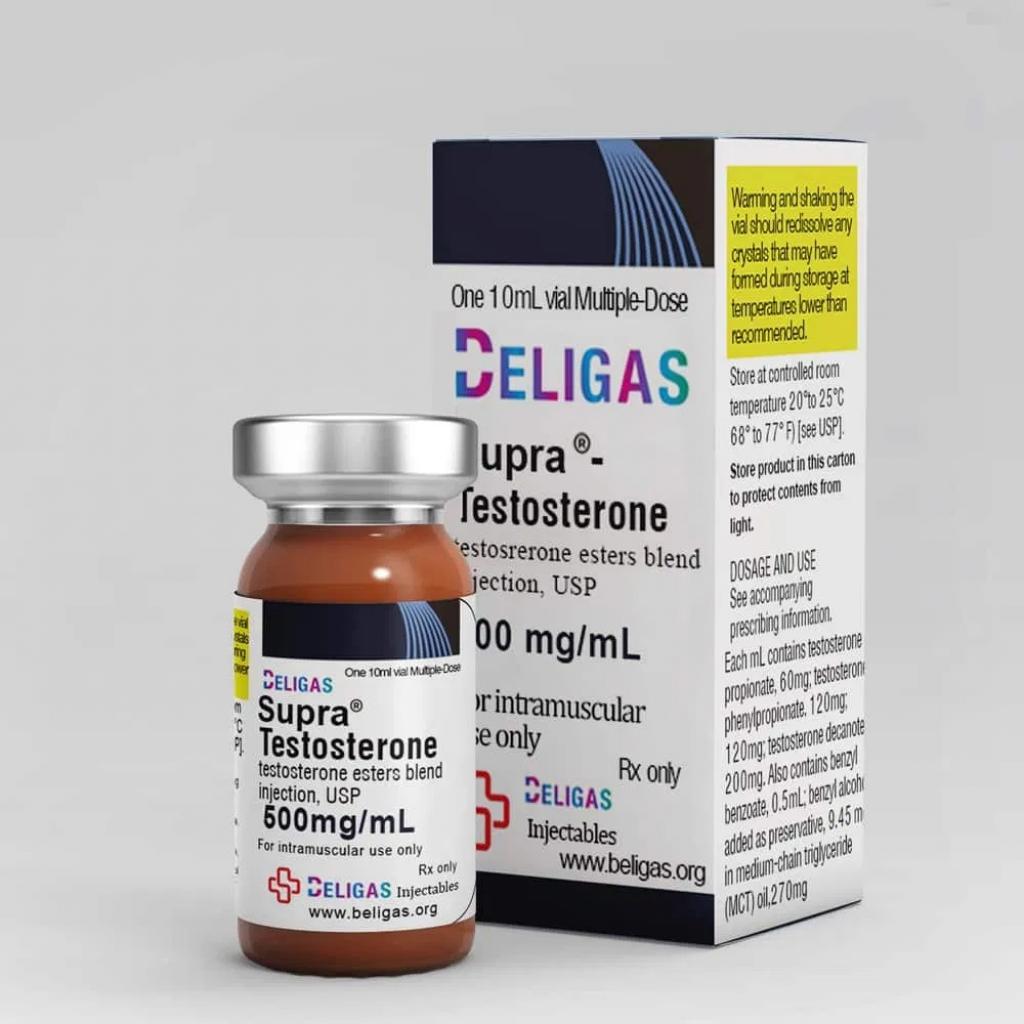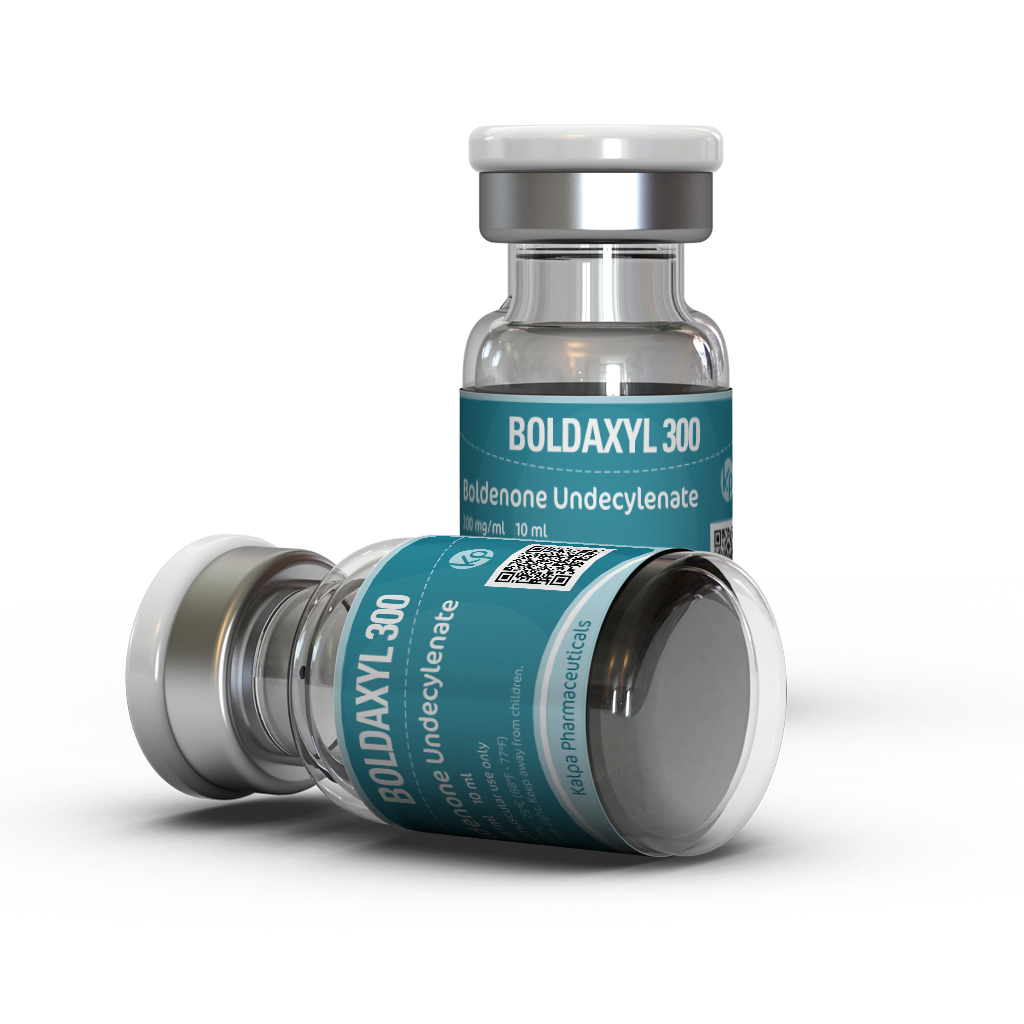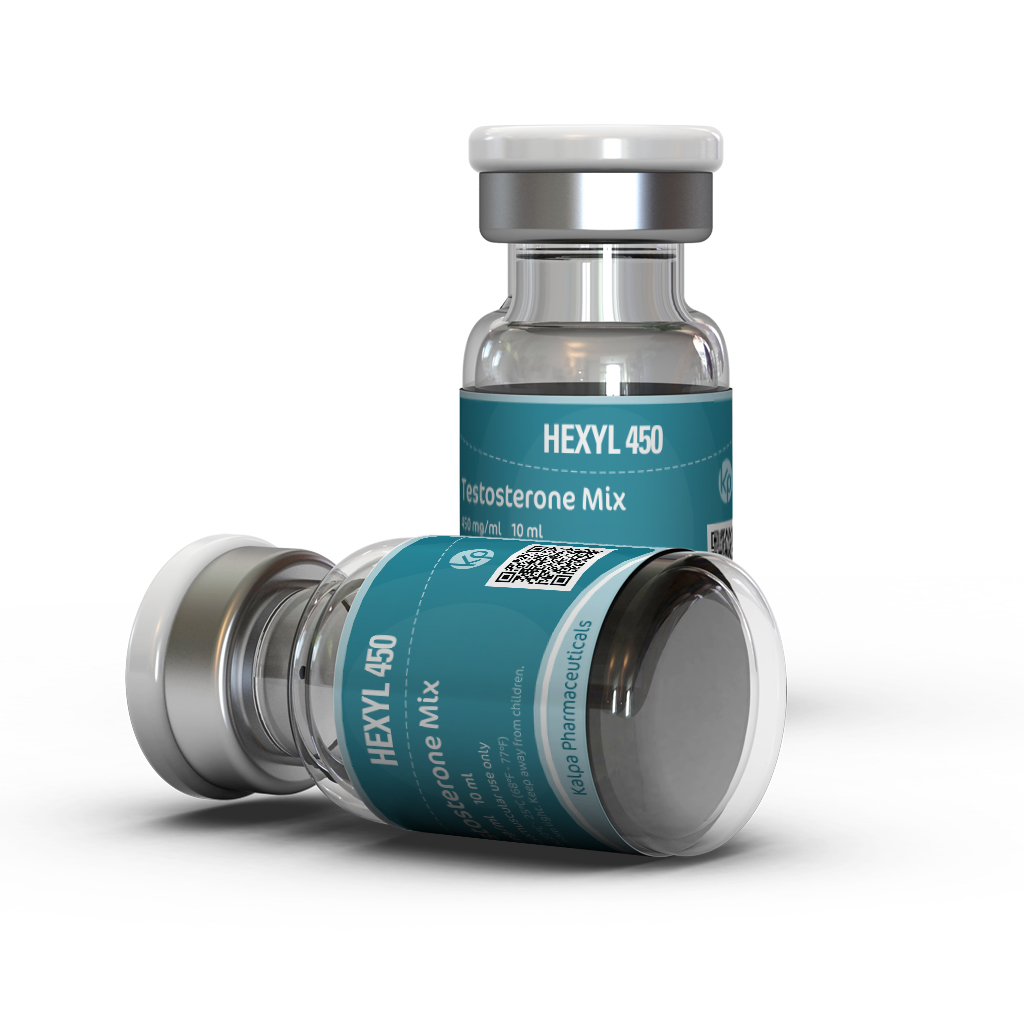 By Frank A. Melfa
By Frank A. Melfa
Before we get into how steroids work, let’s define Anabolic steroids. The word anabolic simply means building up as opposed to catabolic that means breaking down. Anabolic steroids are manufactured or synthesized derivatives of the male hormone, testosterone. Testosterone has two main functions on the body, the anabolic effect and the androgenic effect.
1. The anabolic effect is responsible for growth, muscular development, and the masculine body contour of the adult male.
2. The androgenic effect stimulates the development of the male secondary characteristics after puberty, causing growth of the beard, pubic hair, development of the penis, and change of voice.
In order to understand how steroids work, you first need a brief lesson in pharmacology. Pharmacology is the study of drugs in your body. It is important for you to know exactly what happens when a drug enters your system to understand the effects that drugs have on your body, more specifically, the effects of anabolic steroids.
There are basically two types of effects drugs have on your body, therapeutic effects and nontherapeutic effects. Therapeutic effects are the intended effects of a drug. Nontherapeutic effects are simply the side effects or the adverse effects. In the case of steroids, the therapeutic effect would be to increase muscle size. The side effects are all the undesirable things that can occur. We will get into all the potential side effects of steroids later. For now, I want to educate you on how they work.
All drugs have their own way of working, or what is called, a mechanism of action. Most drugs’ mechanisms of action involve drug receptors. Drug receptors are located on cells in your body. To understand this concept, all you need to do is first picture one of your cells and then picture an outlet, like the one on your wall. Now picture several of these outlets, better known as receptor sites, on the cells. These receptor sites or outlets located on or in your cells either trigger or block biological activity when stimulated or occupied. Drugs occupy, bind or plug into the outlets to either stimulate or block biological activity.
Biological activity means all the biochemical and physiological activities that normally occur in the body such as your heart rate. It is important to note that drugs do not create effects of their own, they change the biological processes already occurring in the body. For example, you have always had a heart rate, hopefully. Some drugs can change your heart rate by either speeding it up or slowing down.
Anabolic steroids work by stimulating the anabolic effect discussed earlier by binding or plugging into protein receptors in or on the cells that help create new proteins in the cells. This increased biological activity is called an increase in Ribonucleic Acid Activity (RNA Activity). The construction of new proteins helps increase muscle size and strength. Remember, this normally happens in the body. The steroids stimulate or increase this biological process by binding to the receptor sites on the protein cells.
Just to give you an idea of how other drugs work similarly: Aspirin works or relieves pain by binding to receptors on cells that are responsible for transmitting pain and inflammation. By binding on the pain receptors, aspirin blocks pain and inflammation. On the other hand, aspirin causes stomach upset by also blocking the production of a protective enzyme in the stomach.
A betablocker is a type of blood pressure medication that works by binding to beta receptors on your heart cells that have a direct effect on blood pressure. By binding to the beta receptors on the cells, they prevent the heart from working harder, which helps decrease blood pressure. On the other hand, betablockers sometimes cause fatigue and even impotence by blocking or stimulating other biological activities.
So remember, there is always a tradeoff!
Steroids are also known to increase nitrogen retention, another biological activity. Nitrogen is found in proteins where it plays an important role in the building of tissues. Those who use steroids have been known to have a positive nitrogen balance, a preferred state where intake of nitrogen from proteins is greater than excretion of nitrogen.
Once a drug enters the body, the body begins to process the drug that includes four processes:
1. absorption
2. distribution
3. metabolism
4. excretion
Absorption
Drugs are usually administered either orally or intravenously.
When drugs are administered orally, absorption is much more complex than when administered intravenously. The drug has to bypass a number of barriers before it can get into the blood stream and do its thing. First, it must get past the acid in the stomach. Second, it must over come bacteria in the small intestines. Third, it must survive changes in the small intestines. Finally, it must survive the metabolism process in the liver known as the first pass effect.
During the first pass effect, blood travels to the liver as part of a filtering system where enzymes in the liver metabolize or change part of a drug before it enters the bloodstream. Enzymes are proteins that change drugs in the body and also help biochemical reactions occur as discussed above.
Drugs are absorbed faster when administered intravenously. They enter the blood stream immediately, and aren’t absorbed like when taken orally. They bypass being metabolized by the liver, skipping the first pass effect.
Distribution
The distribution process simply involves the transportation of drug throughout the blood stream.
Metabolism
Metabolism is the chemical change a drug goes through in the body. The major place where this takes place is in the liver.
Excretion
Excretion is simply the removal of drug from the body. The kidneys are responsible for most drug excretion through the urine. Some drugs such as steroids are excreted by the liver. Drugs are also excreted through the breast, skin and lungs.
Post Footer automatically generated by Add Post Footer Plugin for wordpress.


